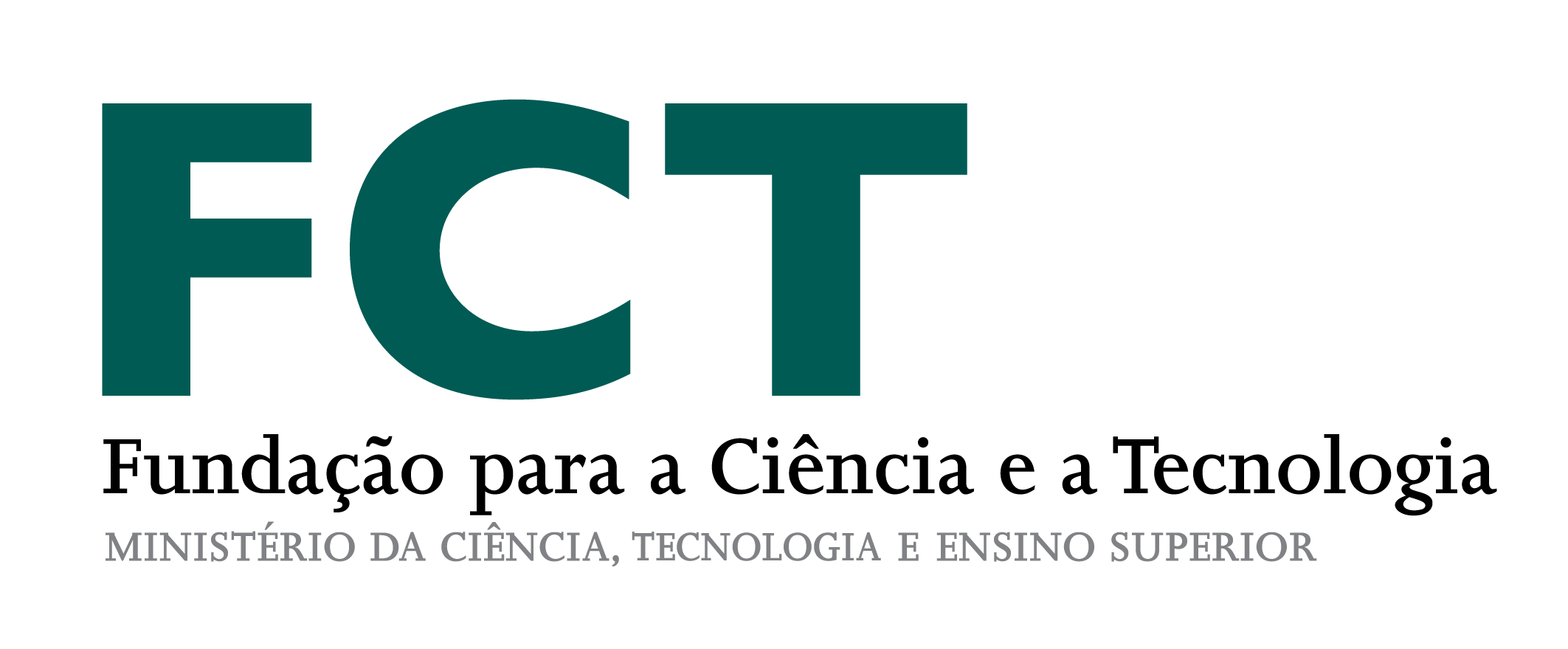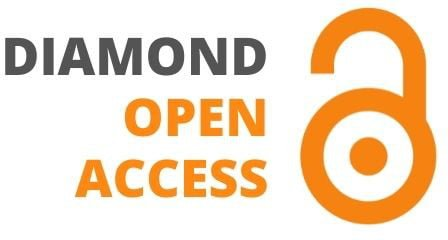Third Gender Marking in Spanish: Evaluation of Current Options from a Linguistic Change Point of View
Irene Checa-García
University of Wyoming, Laramie, USA
https://orcid.org/0000-0002-9022-6817
Several proposals have been presented to make Spanish more inclusive in recent decades. In the case of inclusive language for a third gender, different groups advocate for new suffixes, such as <-@, -*, -x, -e, and -i>. In this work, I suggest that an option aligned with general trends in linguistic change is more likely to succeed, although intentional language planning will likely still be needed. Characteristics of a more easily adoptable third-gender suffix are presented, and each potential suffix is evaluated to determine which could be more successful from the perspective of linguistic change.
Keywords
inclusive language, third gender, language change, Spanish gender
Marcação de terceiro género em espanhol: avaliação das opções atuais do ponto de vista da mudança linguística
Têm sido apresentadas diversas propostas para tornar o espanhol mais inclusivo nas últimas décadas. No caso da linguagem inclusiva para um terceiro género, diferentes grupos defendem novos sufixos, tais como -@, -*, -x, -e e -i. Neste trabalho, sugiro que uma opção alinhada com as tendências gerais da mudança linguística tem mais possibilidades de sucesso, embora ainda haja a necessidade de planeamento linguístico intencional. Apresentam-se as características de um sufixo de terceiro género mais facilmente adotável, e avalia-se cada sufixo para determinar qual poderia ser mais bem-sucedido sob a ótica da mudança linguística.
Palavras-chave
linguagem inclusiva, terceiro género, mudança linguística, género em espanhol
Marcación de un tercer género en español: evaluación de opciones actuales desde la perspectiva del cambio lingüístico
Diversas propuestas han sido presentadas para hacer el español más inclusivo en las últimas décadas. En el caso del lenguaje inclusivo para un tercer género, distintos grupos defienden nuevos sufijos, como -@, -*, -x, -e e -i. En este trabajo, sugiero que una opción alineada con las tendencias generales en el cambio lingüístico tiene más posibilidades de éxito, si bien existe aún la necesidad de planificación lingüística intencional. Se presentan características de un sufijo de tercer género más fácil de adoptar, y cada sufijo se evalúa para determinar cuál podría ser más exitoso desde la perspectiva del cambio lingüístico.
Palabras-clave
lenguaje inclusivo, tercer género, cambio lingüístico, género en español
DOI: https://doi.org/10.22355/exaequo.2024.49.09

Copyright: Creative Commons – CC BY NC












